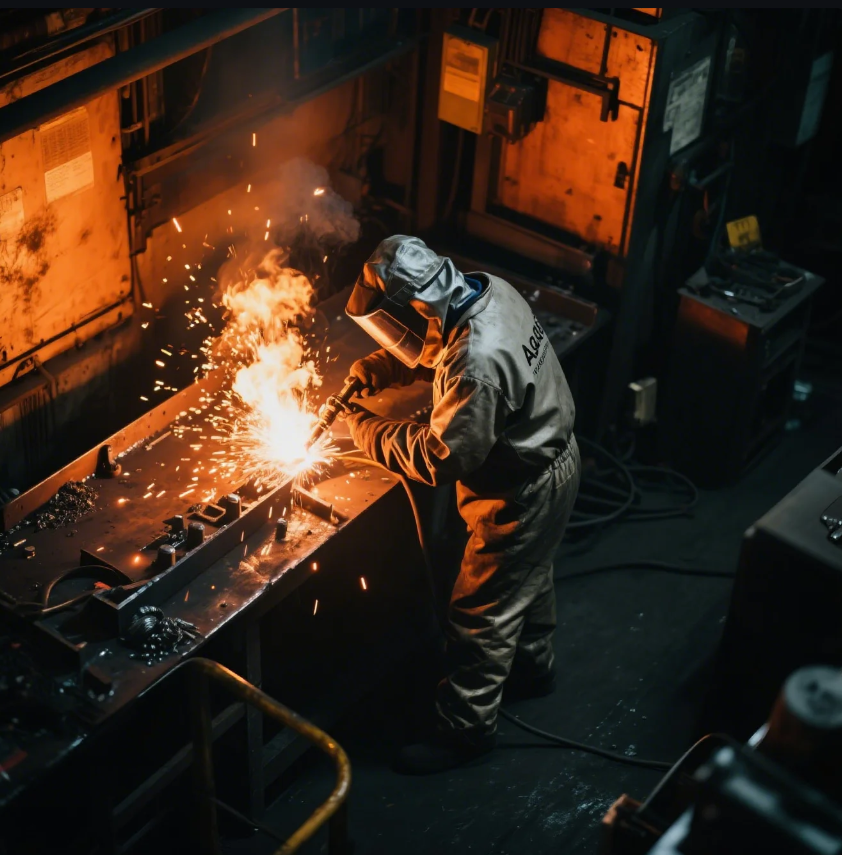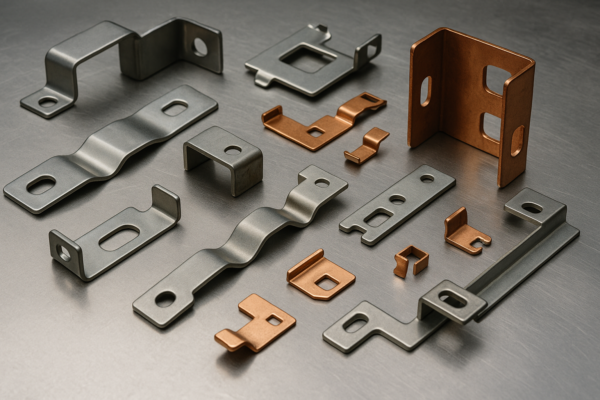What does AGA stand for in welding?

AGA might sound like a gas company—but in welding, it has a deeper industry connection.
AGA stands for the American Gas Association, a key organization involved in standardizing practices for gas utilities, including welding procedures used in gas pipelines and distribution systems.
Let’s see how AGA connects to welding, and how it compares to other industry terms like GTAW and ASME.
What does AGA stand for?
It’s more than a name—it sets standards for safety and gas infrastructure.
AGA stands for the American Gas Association, which publishes specifications, guides, and standards for gas pipelines, including welding methods used in gas utility networks.

A U.S. gas utility contractor we worked with followed AGA welding protocols when connecting live distribution mains using stick welding and hot-tap fittings.
AGA in Welding Context
| Area of Influence | Role of AGA in Welding |
|---|---|
| Gas utilities | Establishes pipeline welding specs |
| Standards compliance | Coordinates with API, ASME, DOT |
| Field safety | Sets guidelines for pressure welding |
Prime supplies AGA-compatible welding rods and procedures for contractors working on natural gas infrastructure.
What does AGA stand for in construction?
Still gas-related—but from a broader perspective.
In construction, AGA still refers to the American Gas Association, especially in the context of gas line installations and building code compliance.

A contractor installing commercial gas lines referenced AGA standards for welding high-pressure joints underground. We supported them with E6010 root pass rods and inspection-grade welding documentation.
Where AGA applies in construction
| Sector | AGA Application |
|---|---|
| Commercial plumbing | Gas main welds and valve tie-ins |
| Utility installation | Pipeline integrity and compliance |
| Industrial boilers | Gas supply line integration |
Prime helps construction firms ensure AGA and DOT welding compliance, especially in energy distribution sectors.
What is the GTAW welding process?
Now we’re talking precision.
GTAW stands for Gas Tungsten Arc Welding, commonly known as TIG (Tungsten Inert Gas) welding—it uses a non-consumable tungsten electrode and shielding gas for clean, high-quality welds.

A Prime client manufacturing food-grade tanks uses GTAW for all stainless joints. The process allows them to create ultra-clean welds without contamination.
GTAW (TIG) Welding Key Points
| Feature | Description |
|---|---|
| Electrode | Tungsten (non-consumable) |
| Shielding Gas | Pure argon or argon/helium blends |
| Common Metals | Stainless, aluminum, titanium |
| Precision Level | Very high |
Prime provides GTAW filler rods and tungsten electrodes, ideal for aerospace, pharmaceutical, and precision fabrication sectors.
What does ASME stand for in welding?
It’s the authority for pressure and structural codes.
ASME stands for the American Society of Mechanical Engineers, an organization that sets critical welding and fabrication standards—especially for boilers, pressure vessels, and power piping.

One of our global power clients uses ASME Section IX to qualify all their welders and procedures. We support their compliance with certified filler metals and WPS templates.
ASME’s Role in Welding
| Code Name | Use Case |
|---|---|
| ASME Section IX | Welder and procedure qualifications |
| ASME B31.1/B31.3 | Power and process piping standards |
| ASME VIII Div 1 | Pressure vessel design and weld rules |
Prime offers ASME-compliant welding consumables, WPS/PQR assistance, and full traceability documentation for pressure-grade fabrication.
Conclusion
AGA stands for the American Gas Association—playing a major role in welding practices for gas pipeline construction and safety.
Need AGA, ASME, or AWS-compliant welding supplies and support? Contact Prime today through our website. We offer ISO-certified filler metals, expert guidance, and global delivery—trusted by welders and contractors in utility, pressure, and pipeline projects worldwide.







